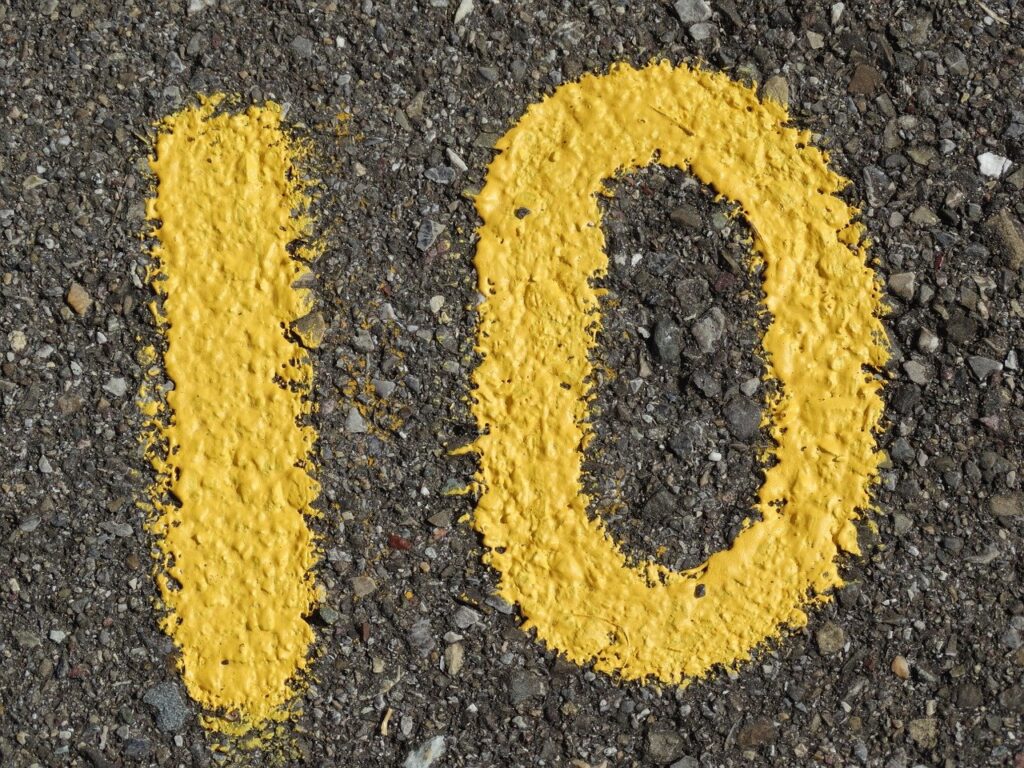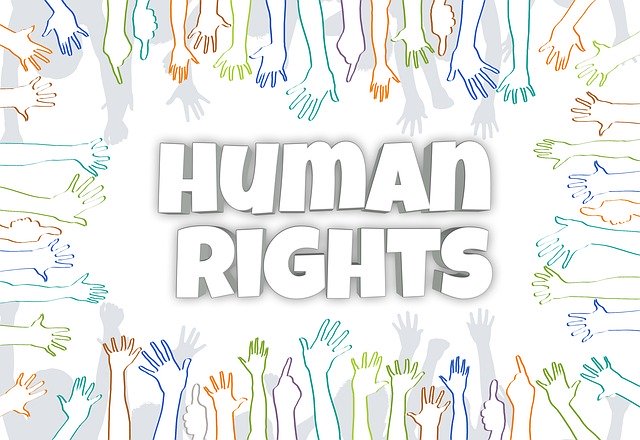
Since I actually stayed true to my commitment to blog weekly this year (I only missed a couple of weeks) I thought that I would share out the most popular posts of the year.
10. The Power of Making Thinking Visible Online
Based off from the popular book, this post includes free templates for face-to-face or virtual use of Visible Thinking Routines.
9. When Teachers Choose to Escalate
Too often we blame kids without reflecting on how our approach to a situation has made it worse. This is especially problematic when we teach children of color without reflecting on our internal biases.
8. How PBL Gets All Kids in the Game
An analogy between different kind of students relationship with sports and their relationship with school. PBL is the “game changer” that invites all kids into meaningful learning.
7. The Power of Class Rituals
This might be my personal favorite as it is all about connecting and building culture in the classroom. How have you developed rituals, especially if you are teaching remote?
6. Using PBL Themes for U.S. History
This one is for the history teachers who want to teach thematically, instead of chronologically. Includes a free download of my projects for the year.
5. Why I’ve Been Afraid to be Antiracist
This was the first of the Anti-racist series in which I share a personal story of getting into “good trouble.” The second half of the post was written by my friend Dara Savage, sharing how she dealt with racism that her daughter experienced at school.
4. 5 Social Distancing Group Work Strategies
This post continues to be popular as teachers struggle with remote learning. It is challenging, but here’s some ways that it can be done.
3. 26 Anti-racist PBL Ideas
This was a collaboration of ideas from many friends at PBLWorks. Check out K-12 anti-racist projects across the content areas.
2. 10 SEL Ideas to Launch the Year
Written back in August with Covid in mind, these are great to introduce in January when school starts back up. It’s a great time to renew norms, build culture with some team builders, and reflect on goals.
1. How to Teach Students to Manage themselves
This post was far and away the most popular of the year. Probably due to two downloads: a Google Sheets student scrum board and Group Contract Scenarios. Check them out if you missed them the first time around, they are still free.
Honorable Mention:
The Marriage of SEL and PBL actually comes from 2019, but it was the second most visited post of the year so check out how SEL seamlessly integrates with PBL.
Questions? Interested in SEL and PBL Consulting? Connect with me at michaelkaechele.com or @mikekaechele onTwitter.


